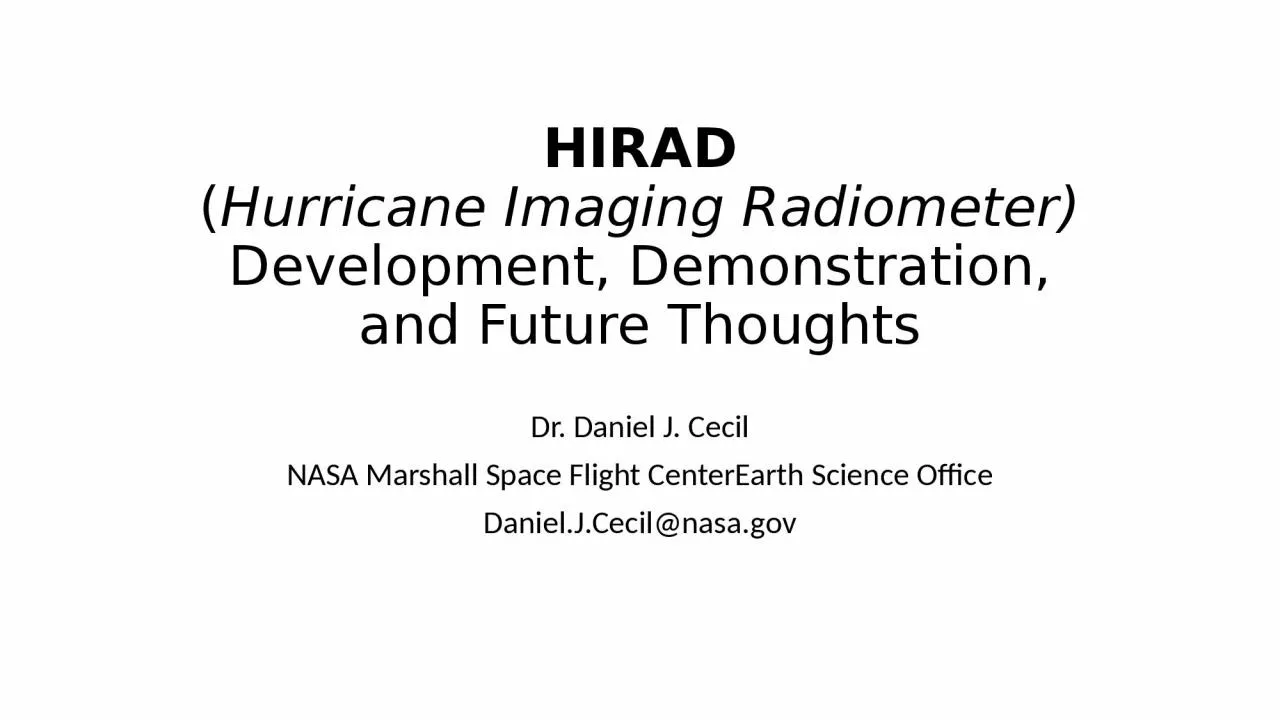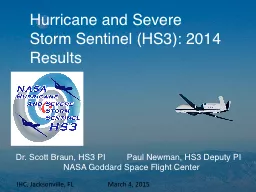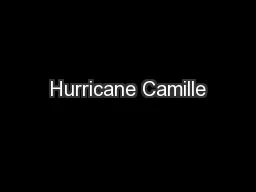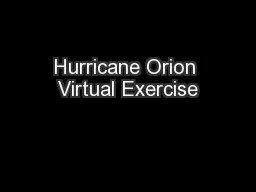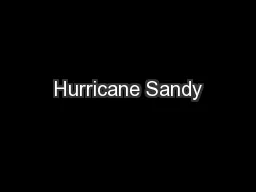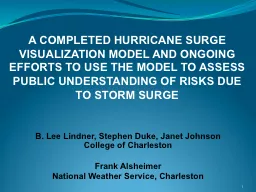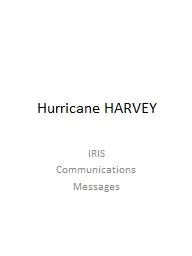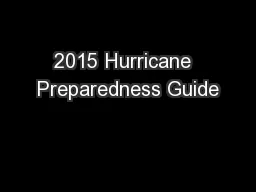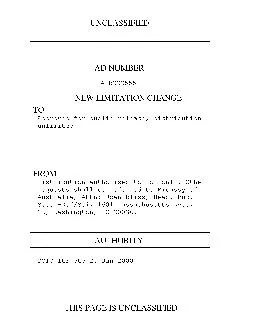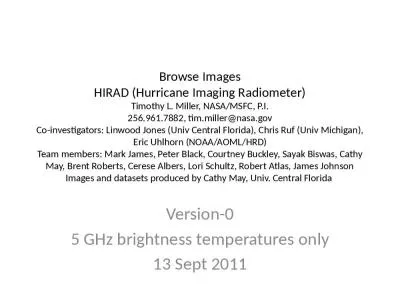PPT-HIRAD ( Hurricane Imaging Radiometer)
Author : lucy | Published Date : 2024-01-29
Development Demonstration and Future Thoughts Dr Daniel J Cecil NASA Marshall Space Flight CenterEarth Science Office DanielJCecilnasagov Observing objective Demonstrate
Presentation Embed Code
Download Presentation
Download Presentation The PPT/PDF document "HIRAD ( Hurricane Imaging Radiometer)" is the property of its rightful owner. Permission is granted to download and print the materials on this website for personal, non-commercial use only, and to display it on your personal computer provided you do not modify the materials and that you retain all copyright notices contained in the materials. By downloading content from our website, you accept the terms of this agreement.
HIRAD ( Hurricane Imaging Radiometer): Transcript
Download Rules Of Document
"HIRAD ( Hurricane Imaging Radiometer)"The content belongs to its owner. You may download and print it for personal use, without modification, and keep all copyright notices. By downloading, you agree to these terms.
Related Documents

